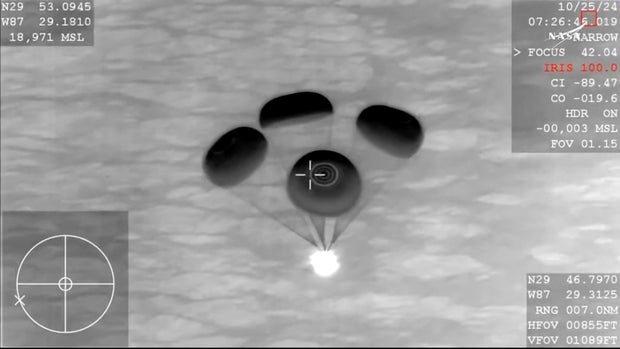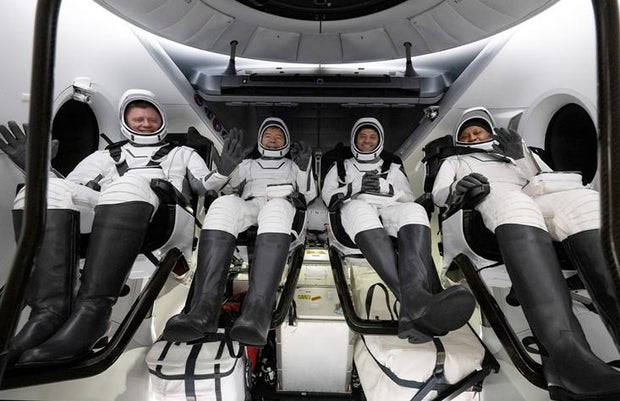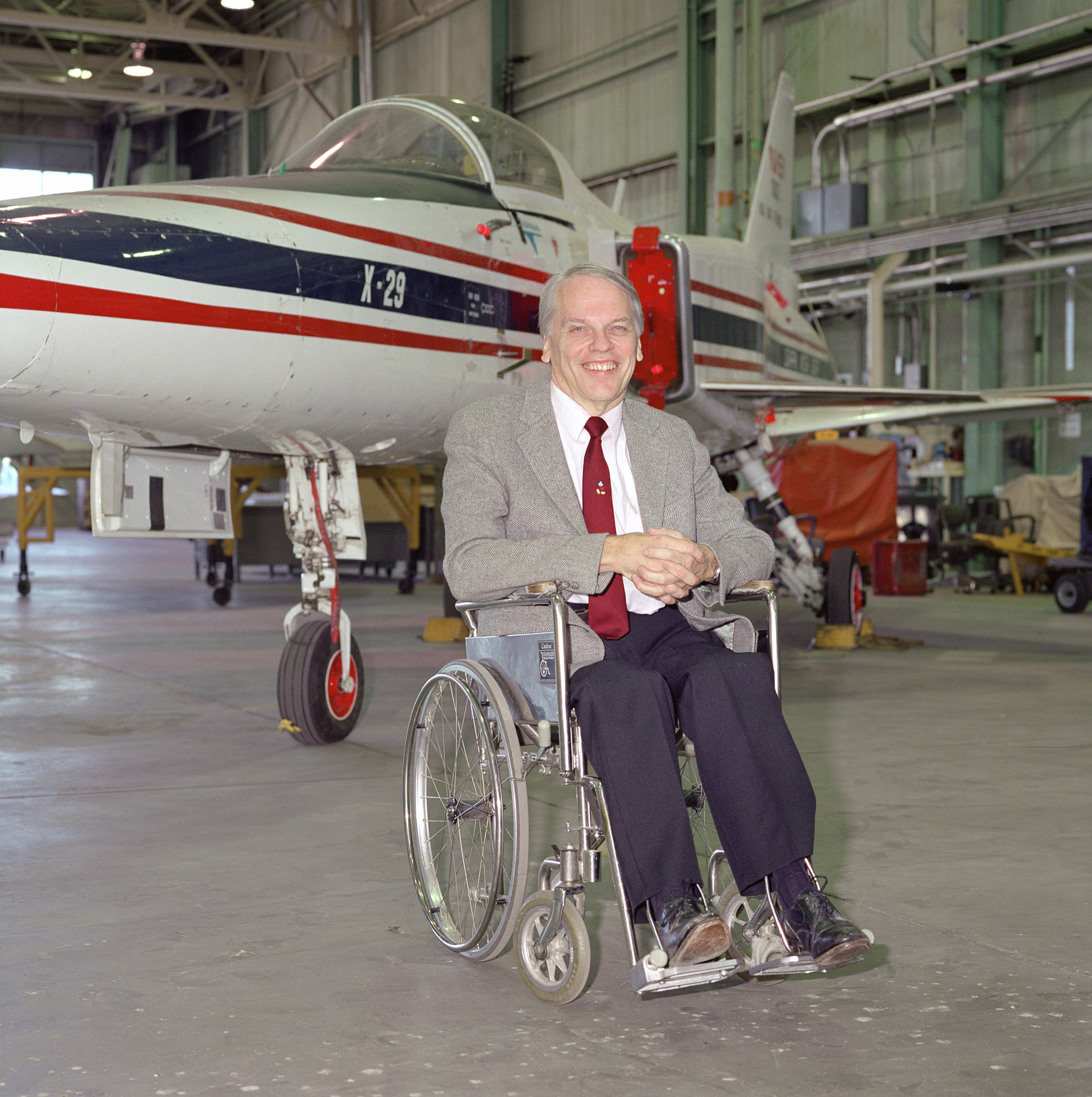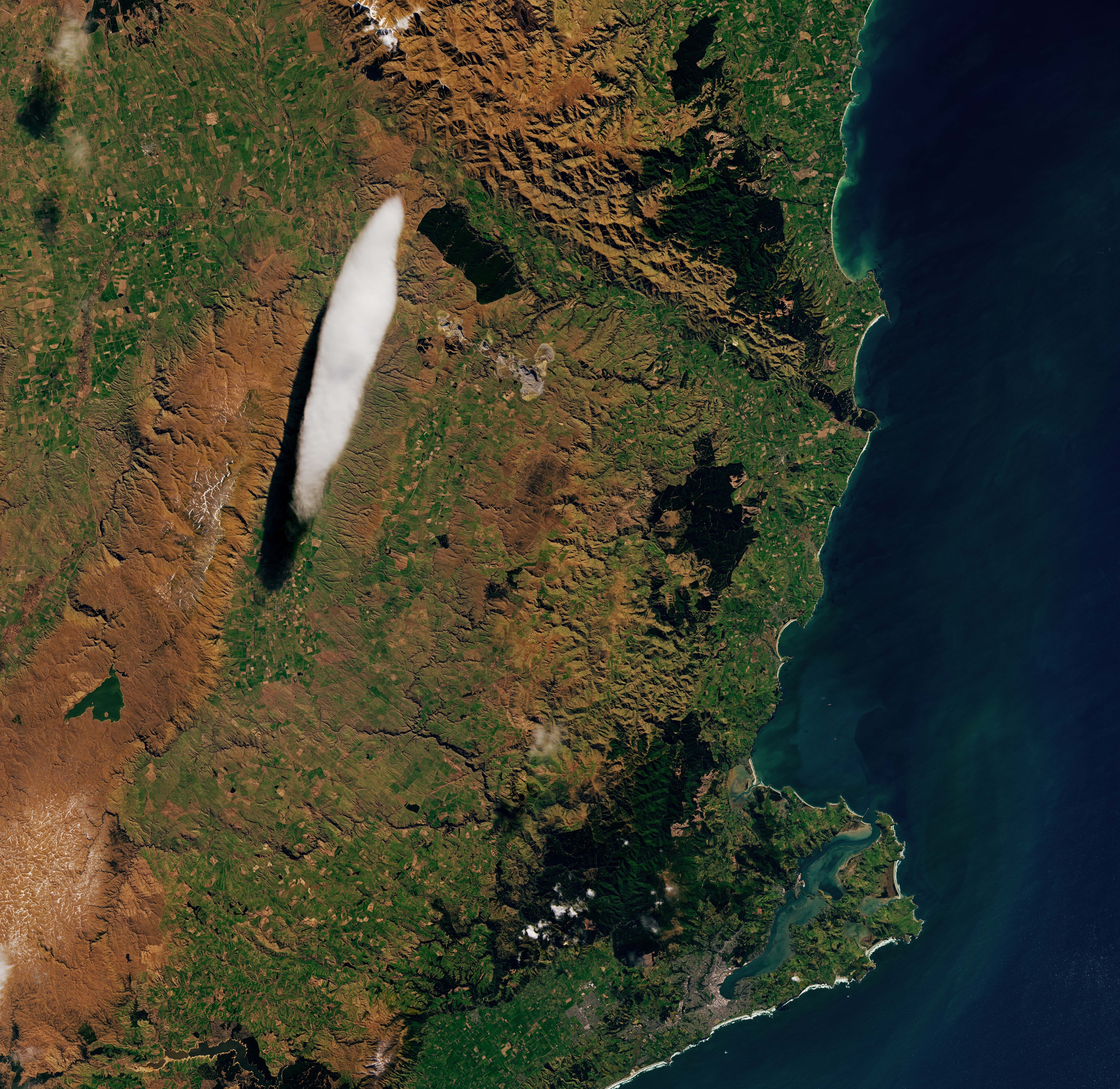SpaceX Dragon Capsule splashes down
Three NASA astronauts and a Russian cosmonaut returned to Earth early Friday, splashing down in the Gulf of Mexico to close out an extended 235-day expedition to the International Space Station. But one crew member experienced a "medical issue" of some sort after splashdown and was hospitalized in Pensacola.
The crew member stayed overnight at Ascension Sacred Heart Pensacola in Florida and was released and returned to NASA's Johnson Space Center in Houston on Saturday, NASA said in a statement.
"The crew member is in good health and will resume normal post-flight reconditioning with other crew members," the statement said.
The other three crew members were flown back to the Johnson Space Center aboard a NASA jet. No other details were immediately available.
 An infrared view of the Crew Dragon's descent to an on-target splashdown in the Gulf of Mexico south of Pensacola, Florida.
NASA TV
An infrared view of the Crew Dragon's descent to an on-target splashdown in the Gulf of Mexico south of Pensacola, Florida.
NASA TV
After a high-speed re-entry above Central America and a steep descent to the Gulf, Crew 8 commander Matthew Dominick, co-pilot Michael Barratt, astronaut Jeanette Epps and cosmonaut Alexander Grebenkin settled to a relatively gentle, on-target splashdown south of Pensacola, Florida, at 3:29 a.m. EDT.
A SpaceX team stationed nearby was on the scene within minutes to stabilize the capsule, make sure no toxic propellant fumes were present and then to haul it aboard a nearby recovery ship where NASA flight surgeons and support personnel were standing by to help the returning station fliers out of the crew cabin.
Despite two hours of exercise per day throughout their stay in orbit, returning station astronauts need about a month or more to regain their "land legs" after months in the weightless environment of space.
As usual for returning station crews, Dominick, Barratt, Epps and Grebenkin were carried out of the Crew Dragon and helped onto stretchers before being rolled inside the ship for initial medical checks and calls to family and friends. All four appeared in good spirits, smiling and waving as they were rolled inside.
 Safely aboard SpaceX's recovery ship, the Crew 8 fliers smiled for the camera before they were carried out of the spacecraft for initial medical checks, beginning their re-adjustment to gravity after nearly eight months in weightlessness. Left to right: cosmonaut Alexander Grebenkin, co-pilot Matthew Barratt, commander Matthew Dominick and astronaut Jeanette Epps.
NASA
Safely aboard SpaceX's recovery ship, the Crew 8 fliers smiled for the camera before they were carried out of the spacecraft for initial medical checks, beginning their re-adjustment to gravity after nearly eight months in weightlessness. Left to right: cosmonaut Alexander Grebenkin, co-pilot Matthew Barratt, commander Matthew Dominick and astronaut Jeanette Epps.
NASA
But four hours later, NASA reported that all four crew members "were taken to a local medical facility for additional evaluation ... out of an abundance of caution."
NASA later said they were taken to Ascension Sacred Heart Pensacola. After medical evaluation at the hospital, three crew members boarded a NASA Gulfstream jet and flew back to Ellington Field near the Johnson Space Center in Houston.
"During its return to Earth, the SpaceX Dragon executed a normal entry and splashdown," NASA said in its afternoon update. "Recovery of the crew and the spacecraft was without incident. During routine medical assessments on the recovery ship, the additional evaluation of the crew members was requested out of an abundance of caution."
Space station expeditions typically last about six months and while the the Crew 8 mission ran about a month longer than expected — 235 days — other astronauts and cosmonauts have spent a full year in space and returned to Earth without incident.
But given NASA's strict adherence to medical privacy guidelines, it's not known what, if any, additional details might be forthcoming.
That said, a photo of Grebenkin, standing unassisted, was posted on Telegram by the Russian space agency Roscosmos with a caption saying the cosmonaut "feels great." It's not known where or when the photo was taken.
Launched on March 3, the Crew 8 fliers originally expected to return to Earth in September. But the flight slipped into early October in the wake of a decision to delay the launch of their Crew 9 replacements because of problems with Boeing's Starliner crew ferry ship.
NASA eventually ruled out bringing Starliner commander Barry "Butch" Wilmore and co-pilot Sunita Williams back to Earth aboard the Boeing spacecraft. Instead, the Starliner came down without its crew on September 7 and Crew 9 was launched with just two passengers — Nick Hague and cosmonaut Alexander Gobrunov — on Sept. 28.
That freed up two seats aboard the Crew Dragon for Wilmore and Williams to use when they come home next February with Hague and Gorbunov.
Sorting all that out pushed the Crew 8 departure into October. NASA and SpaceX then were repeatedly held up by high winds and rough seas at the approved splashdown sites, much of it related to hurricanes Helene and Milton.
But this week, conditions in the Gulf finally met NASA's safety guidelines and the crew was cleared to undock and head for home.
With Crew 8 back on Earth, the Crew 9 crew will board their own Crew Dragon capsule early Sunday, Nov. 3, undock from the Harmony module's forward port and then redock at its space-facing port.
The next day, an ISS-bound SpaceX cargo ship is scheduled for launch from the Kennedy Space Center. After an automated rendezvous, the ship will dock at the just vacated forward port on Nov. 5, election day in the United States.
Bill Harwood has been covering the U.S. space program full-time since 1984, first as Cape Canaveral bureau chief for United Press International and now as a consultant for CBS News.

 By CBS (Science, Space) | Created at 2024-10-29 21:38:54 | Updated at 2024-11-05 08:08:35
1 week ago
By CBS (Science, Space) | Created at 2024-10-29 21:38:54 | Updated at 2024-11-05 08:08:35
1 week ago



